Last Updated on October 24, 2022
Smog. You’ve seen the gnarly beige cloud that lurks over densely populated cities in the heat of summer. You might have even tasted it as you’re on your morning run and at the very least noticed how much hotter you get when the particles refract more and more ultraviolet rays onto your skin.
Due to the increased use of vehicles and machinery that use internal combustion engines to get their power during the past 100 years, there is now more smog and other pollutants which are negatively affecting the global population as a whole.
As we operate our internal combustion machines more and more throughout our daily lives, we are responsible for expelling more “greenhouse gases” like CO2 and Nitrogen into our atmosphere.
Now, we all know that cars and trucks are not the only cause for greenhouse gases, but they are a contributing factor that many believe should be regulated for the sake of future generations. This is why most states have emissions, or “Smog” tests for vehicles, to make sure they’re only contributing what is necessary to get down the road to your destination.
What is an Emissions Test?
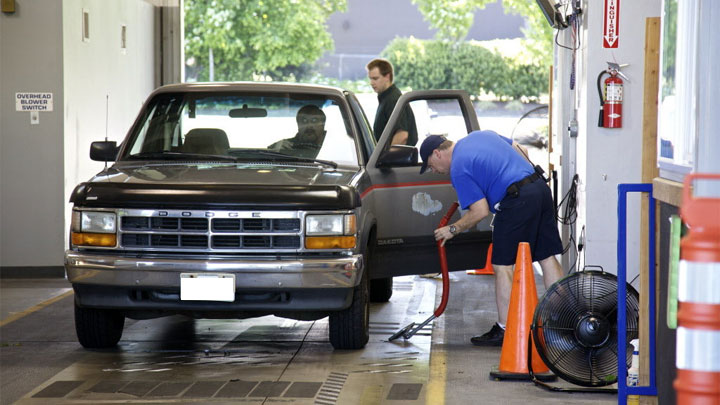
An emissions test is done by hooking up your OBD port to a scanner at a local emissions facility. They scan for any fault codes thrown by your car’s ECM/ECU, monitor your catalytic converter, O2 sensor, the engine, transmission, and fuel system for proper function. This scanner also takes into account everyday driving habits, bad fuel economy, and high emission outliers.
While this is the standard in emissions testing today, you might also be expected to perform an “Exhaust Gas Analysis” when you go to your emissions test. This is where a specialist places an exhaust line gas analyzer directly into your car’s tailpipe to measure the quality and types of gases that are being expelled through your tailpipe.
Mostly, they’re testing for Oxygen, Hydrocarbon, Carbon Dioxide, Carbon Monoxide, and Nitrogen Oxide levels to make sure your car is performing at or below the legal limit.
If you have a diesel truck or car, you’ll also be tested for your “Soot Emissions”, and other particulate matter concentrations.
Reasons for a Failed Emissions Test
#1 – Bad Fuel Injector

If your fuel injector has failed or is otherwise not working the way the engineers intended, then you could have an air/fuel mixture that is too rich.
If there is too much fuel that doesn’t get burned up during a normal combustion cycle, your car will produce more carbon dioxide than normal which will then become an emission the moment it leaves your tailpipe. This will definitely show up in an emissions test
#2 – Bad Oxygen Sensor

If the sensor that manages your oxygen levels fails, then your engine will think that there is something wrong and will “Lean Out” (decrease) the amount of fuel sent into your cylinders.
This will cause your car to enter “Limp Mode” where it loses quite a bit of power and is just meant to get you to the mechanic for an inspection.
If your sensor is bad, then how is your engine’s computer going to know if it’s operating under the correct tolerances? This will make you fail an emissions test.
Related: Diesel Particulate Filter Cleaning Cost
#3 – Faulty Air Intake Levels
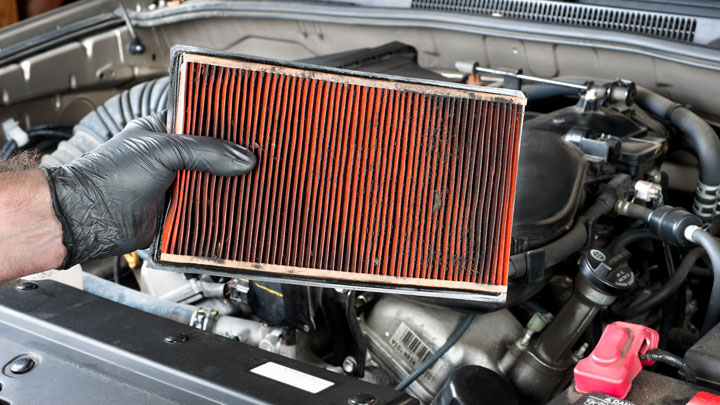
If your test reveals abnormal levels of carbon monoxide or hydrocarbons, then you may have an air intake system (mainly air filter) that is blocked, dirty, or otherwise not functioning correctly. This will cause your air/fuel mixture to be “Lean”.
This means you’ll have unburned fuel exploding in your exhaust system, causing a release of higher levels of greenhouse gases.
#4 – Loose or Leaking Gas Cap
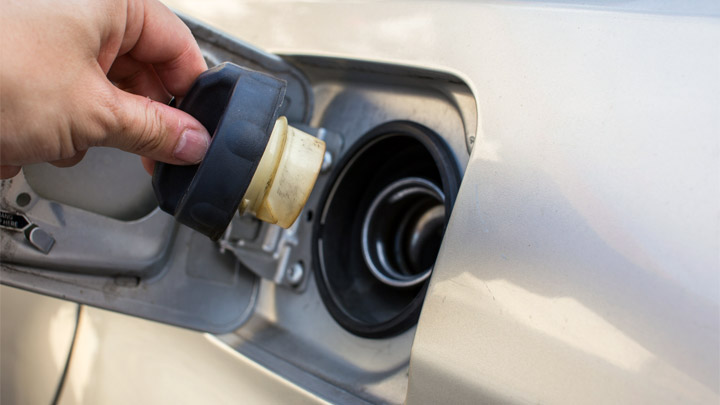
This happens more often than you think but is easy enough to fix yourself. First, make sure the fuel cap is on tight enough. Many vehicles will have an audible click letting you know it’s tightened correctly.
If it appears tightened, check the seal for any cracks or tears. Over time, the gasket can deteriorate which can cause fuel vapors to escape. Worst case, you’ll need to replace the cap but it’s cheap and easy enough for almost anyone to do themselves.
#5 – Check Engine Light
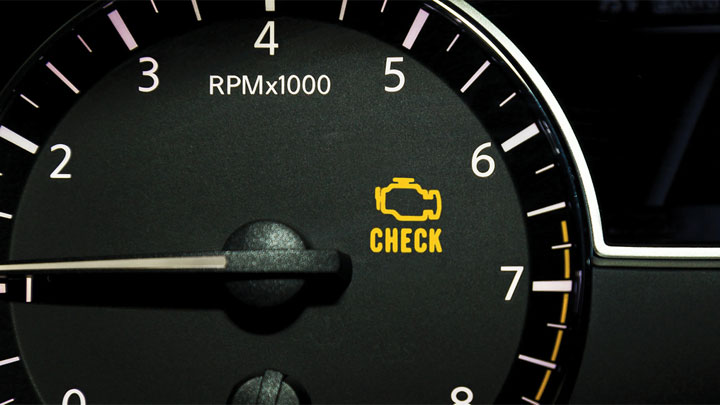
If your check engine light is on, whether because of one of the reasons above or an entirely different issue, you will automatically fail an emissions test.
While it’s possible to reset a check engine light so it’s temporarily not illuminated, it won’t help you pass as this will generally put your vehicle in a “not ready” state until various sensors accumulate data from normal driving.
Once that data is recorded, any faults that caused the check engine light to come on in the first place will most likely reappear (along with the light).
There are quite a few emissions-related fault codes that may appear. Some of these include: P0141, P0410, P0411, P0430, and P0449.
What Happens if You Fail an Emissions Inspection?
If you fail an emissions inspection, then you won’t be able to register your car in most states. This means that, if you do decide to drive, you’ll be driving illegally until you pass your emissions inspection.
Normally, the emissions specialists will give you a waiver so you don’t get stopped until you come back with a car that’s functioning properly. You can then take your vehicle to the local mechanic to remedy the issue.
How to Improve Your Odds of Passing an Emissions Test
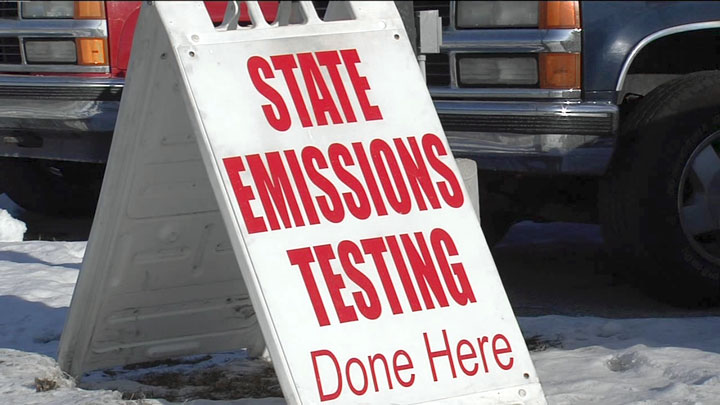
#1 – Preventative Maintenance
This might sound like obvious advice, but regular maintenance a simple way to make sure you don’t have any serious, lingering emissions issues come up in the future.
It goes like this… if both mechanics you went to (never only go to one) say that you need to replace your oxygen sensor, get your air filter replaced, and clean your fuel injectors, just do it!
For those that go to car dealerships for oil changes, they’ll typically give you a list of recommendations for your next visit based on their inspection of various parts of the vehicle. While they won’t force you to have this work completed, don’t ignore their recommendations.
Just because you follow a vehicle manufacturer’s service schedule (10k mile service, 20k mile service, etc.) doesn’t mean other issues won’t crop up. Taking care of the minor issues now will prevent them from becoming major (and more expensive ones).
These issues might not be a huge problem at the time, or you might not notice anything when you are driving around, but preventative maintenance is one of the most important things you can do!
See Also: How to Use Cataclean
#2 – Warm Up Your Car Before Driving
Turn on your car and let it settle down to idle before you gun it out of the driveway or parking lot. Then, once you’re ready to go, just slowly drive out of the parking lot and onto the main drag.
Let the car accelerate the way it wants, let the transmission warm up slowly as you sip on your morning coffee. I mean, you’re waking up too right? This is romantic, but it’s worked for me.
#3 – Follow Emissions Recommendations
If your emissions equipment has been tampered with or removed, you’ll need to go ahead and get that replaced or fixed. Generally, junkyards are good places to look for emissions equipment because usually something else will break first.
If you see blue or white smoke coming out the back of your exhaust system, get that checked out because that is the first thing the emissions inspection center is going to notice when you bring that car in.
Has the smell of your car changed at all recently? Our noses are pretty good, all things considered, so trust your gut. If it smells like oil, excess fumes, or just smells “off”, do some research and figure out the next plan of attack.
#4 – Clear Your Check Engine Light
If “that light is always on”, then you probably won’t pass an emissions inspection. It usually means that your oxygen sensor is bad, which could result in a more-costly catalytic converter replacement.
That part alone is over $2000 now in some areas. Is it worth it to you?
#5 – Change Your Oil
If you’re nearing that 5,000 to 7,000 mile point where you should change your oil, go ahead and change it before going in for an emissions inspection. Dirty oil houses even more pollutants and particulates that will show up in your emissions if that oil gets into your crankcase.
If you get an oil change, you are less likely to be burning off chemicals that the emissions inspectors will notice. While the mechanic is under there, ask if they can check for any cracked hoses or broken parts under the hood. Might as well, right?
#6 – Check Coolant Levels
Since the test is done while the car is stationary, it doesn’t have air flow moving in and around the engine bay like normal which means your cooling system will have to work harder than normal.
I’m sure you see where this is going, but if your coolant is dirty, it won’t cool down your engine well enough. This could result in more emissions.
#7 – Check Gasoline/Diesel Levels
If you don’t have enough gas in your tank, your fuel pump could become exposed. This means vapors could make their way into the fuel line, instead of just liquid fuel.
If you have more vapors in your combustion process than is normally expected, you’ll fail the test.
#8 – Fill Up Your Tires
Make sure your tires are filled up to the factory recommended pressure levels. This is because most of the tests these days are done on a dynamometer to simulate forward motion.
This is an effort to get past automakers’ efforts to thwart emissions testing technology at idle, but pollute as much as you want when you’re driving down the road (looking at you, Volkswagen).
If your tires are filled up, your engine won’t have to work as hard, and won’t expel as many greenhouse gases and particulates.
It seems like an impossible test when I put it this way, but hopefully these suggestions are helpful!

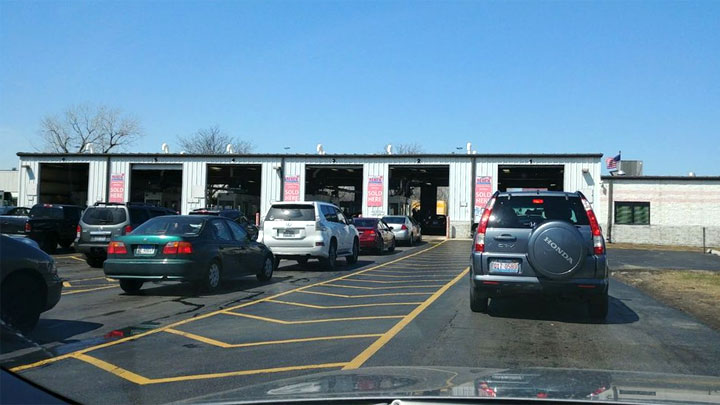

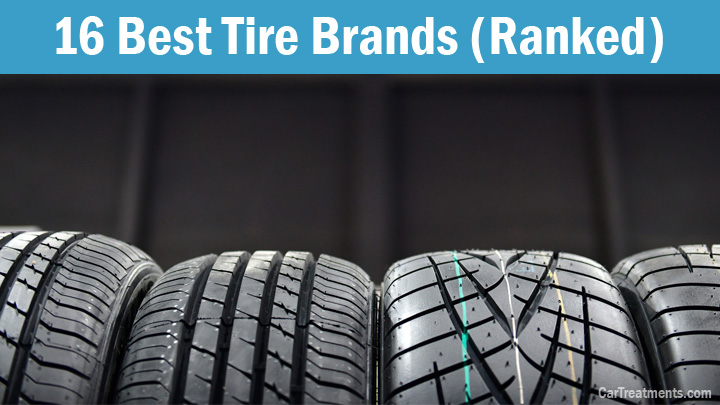

It is something, and in NJ they adopted California environmental laws, so even if yo have an aftershave on, you won’t pass inspection….I’m almost ready to file a civil action against state motor vehicle commission…Make my case to a judge